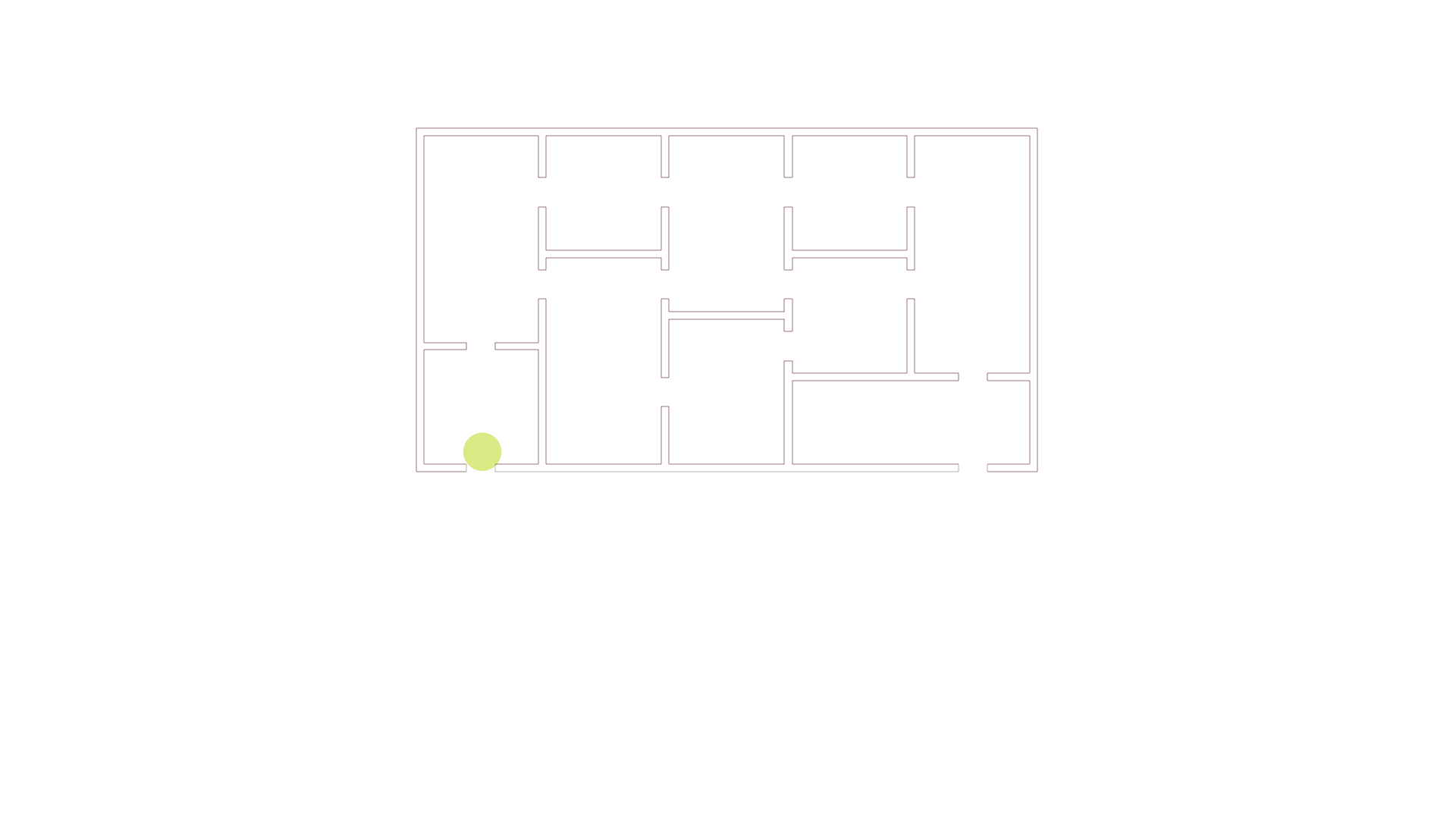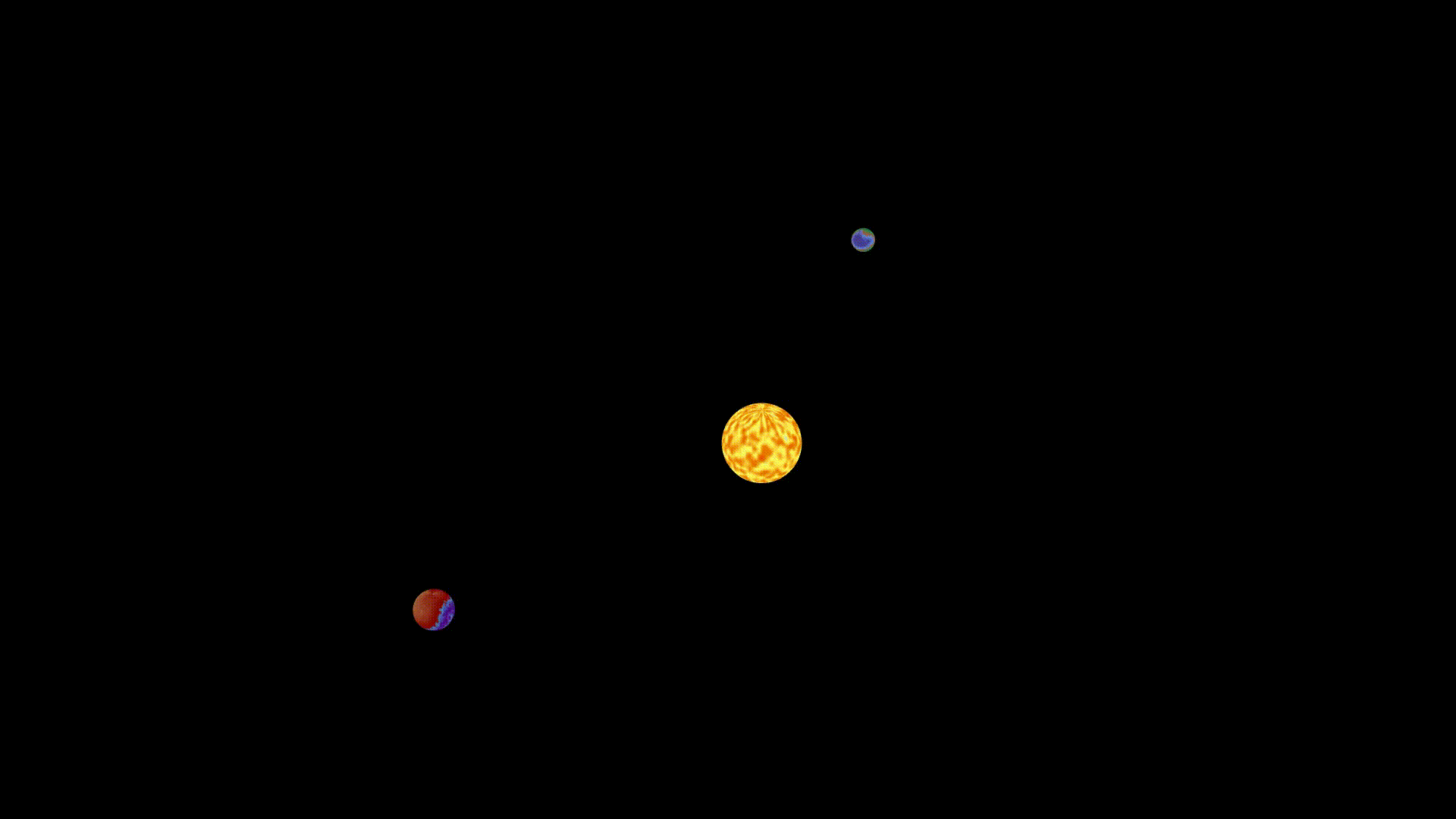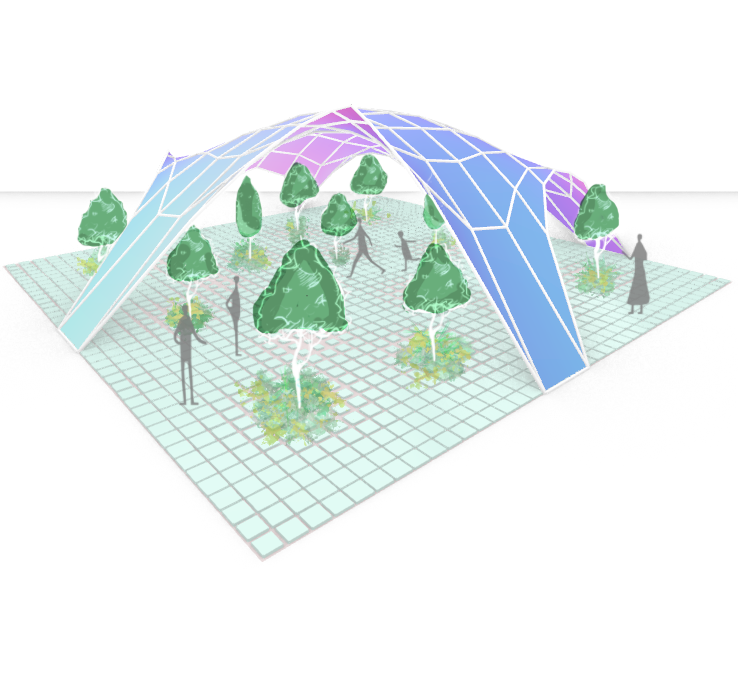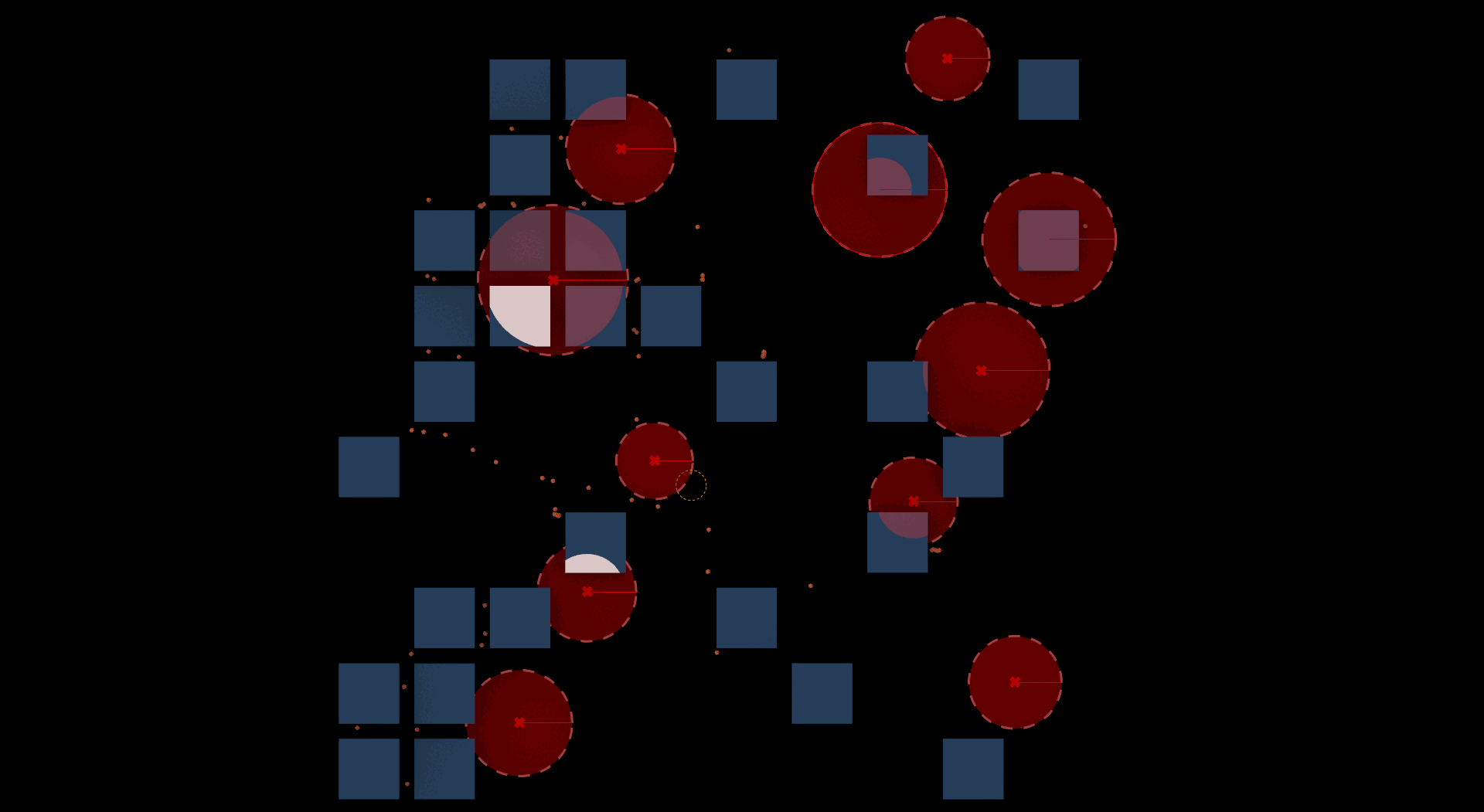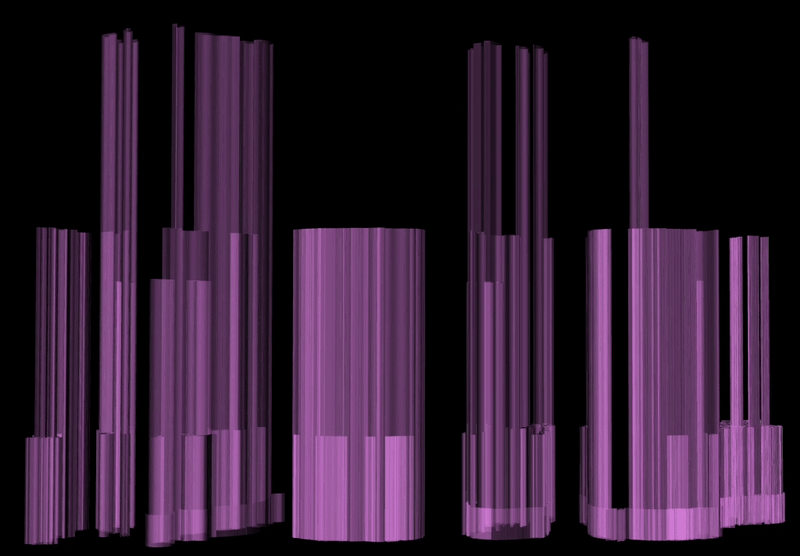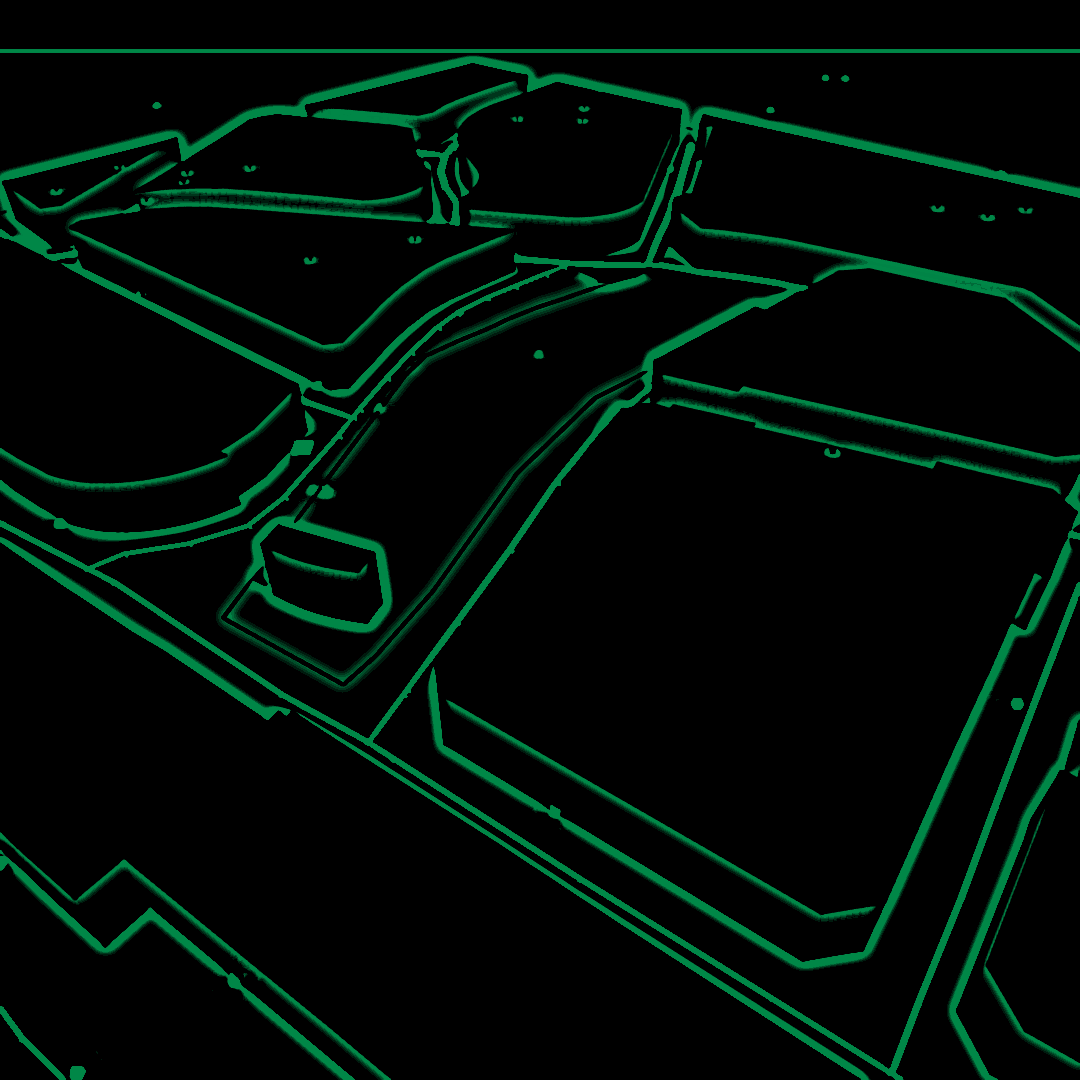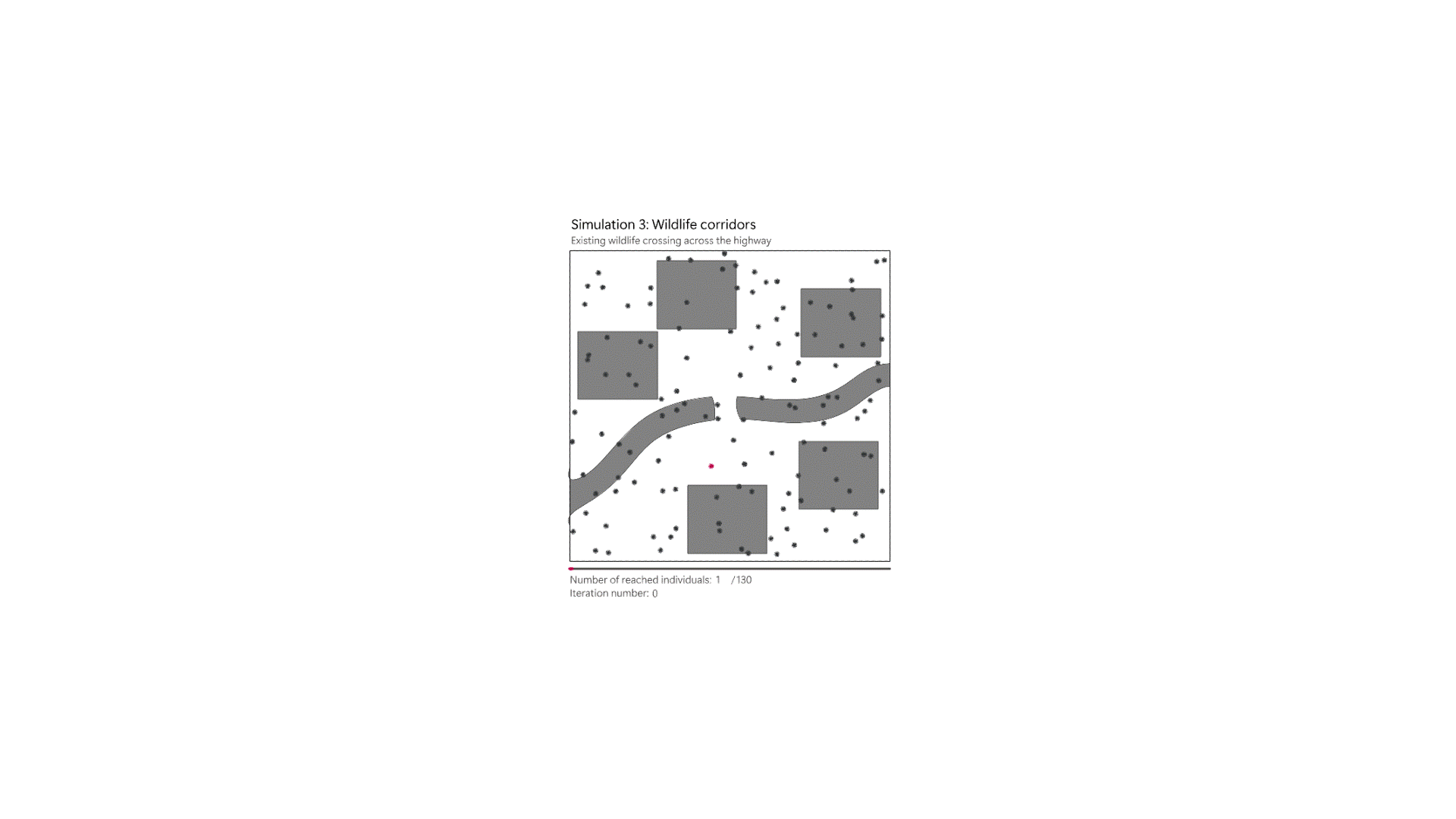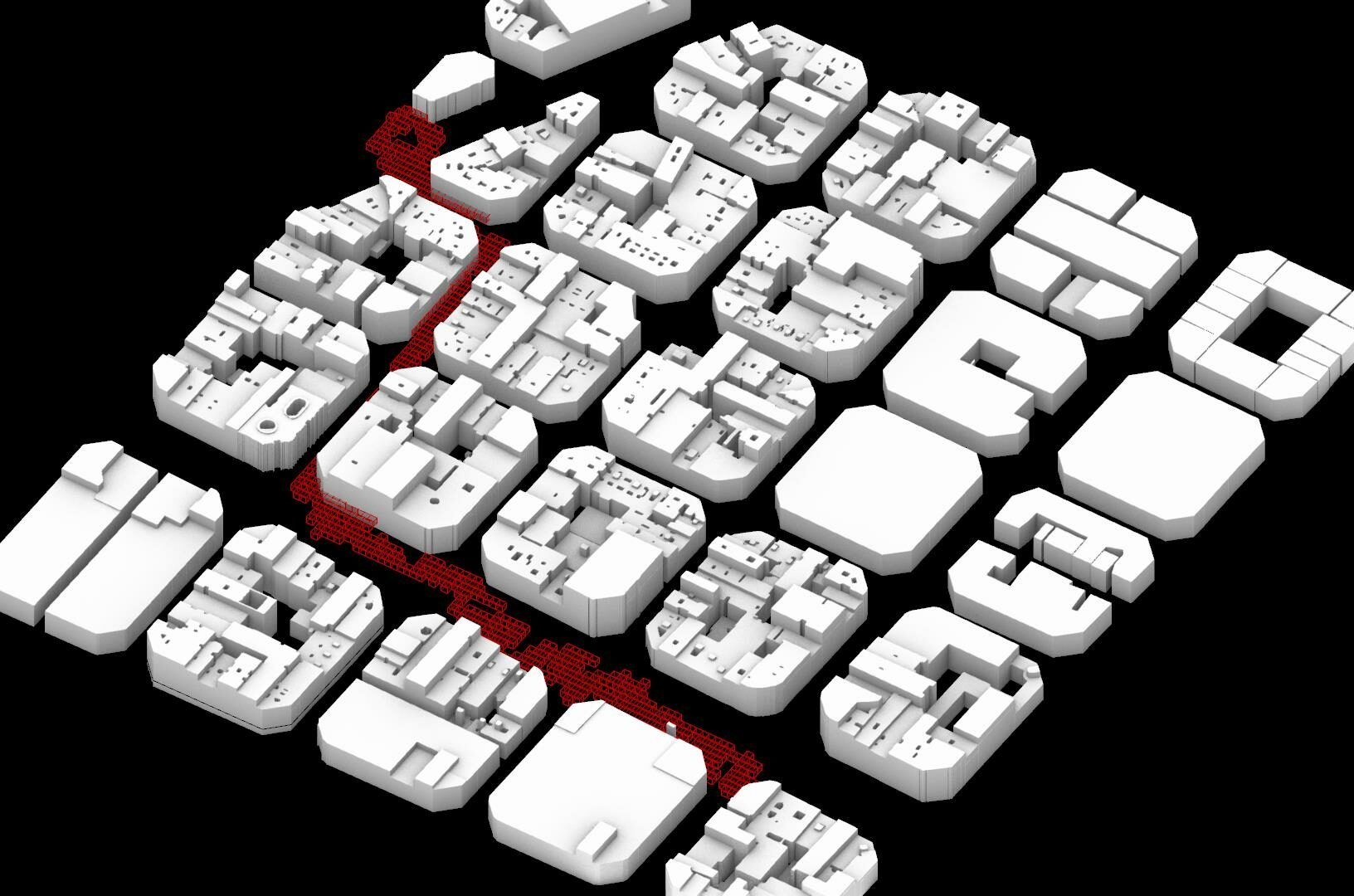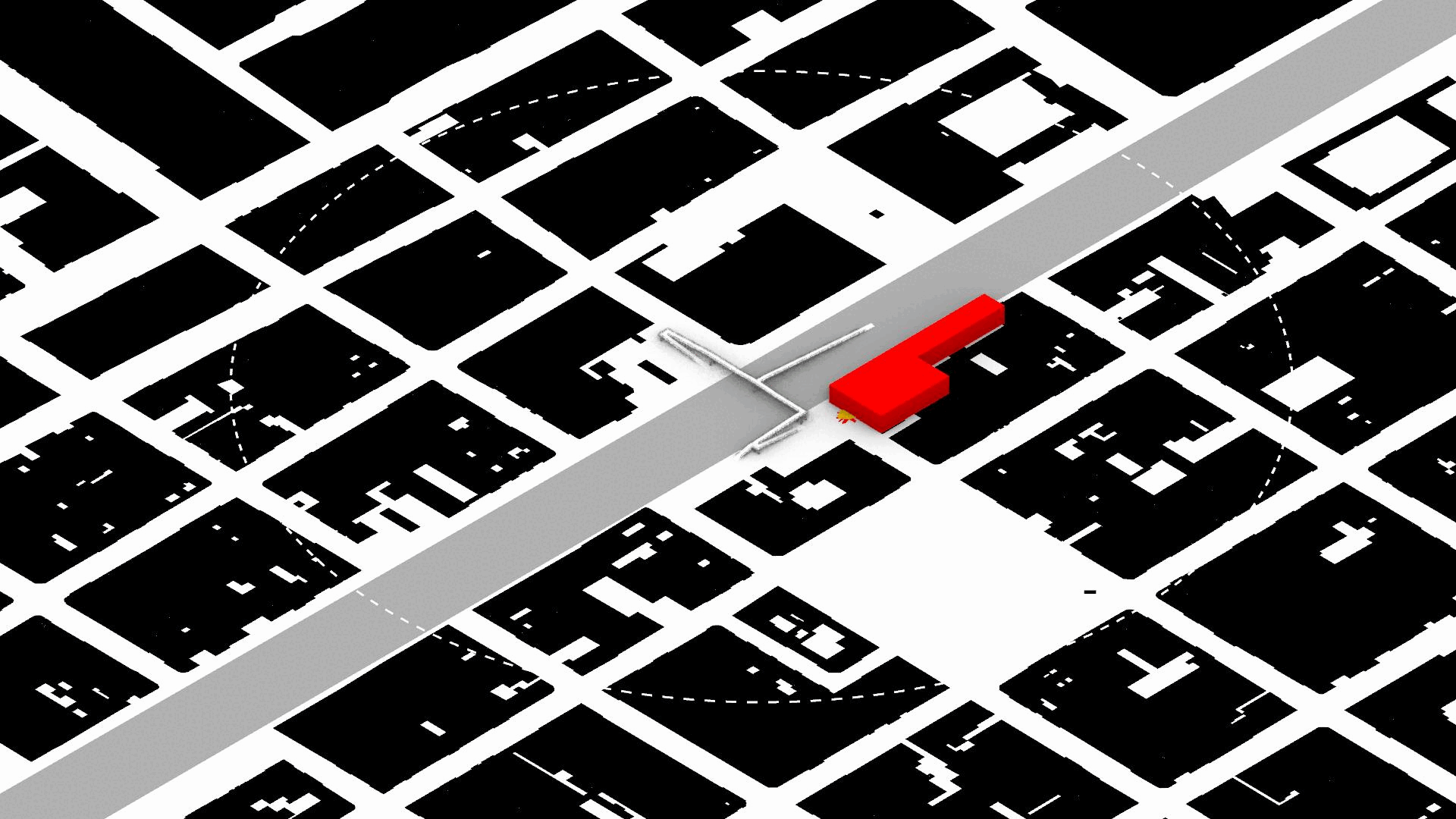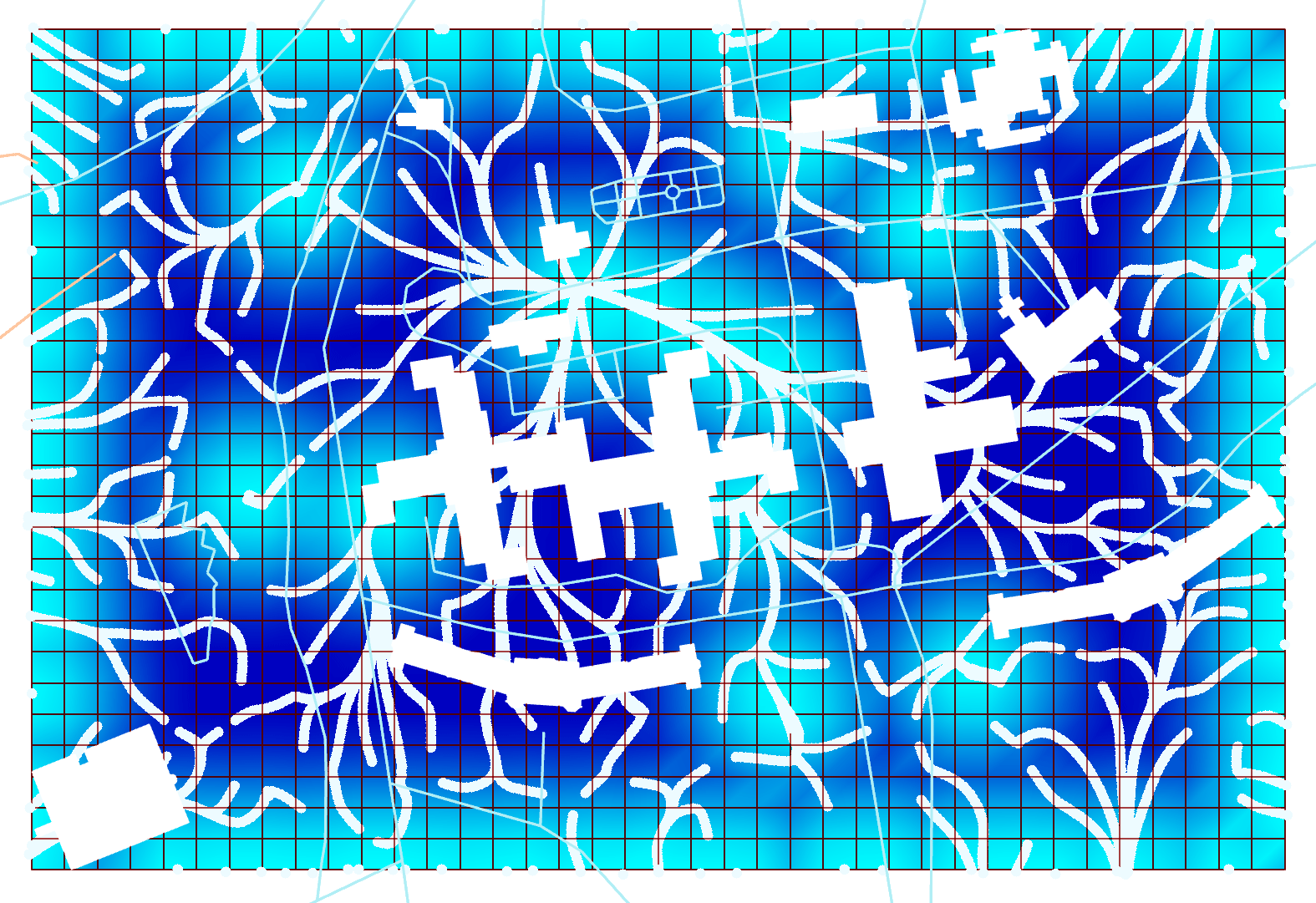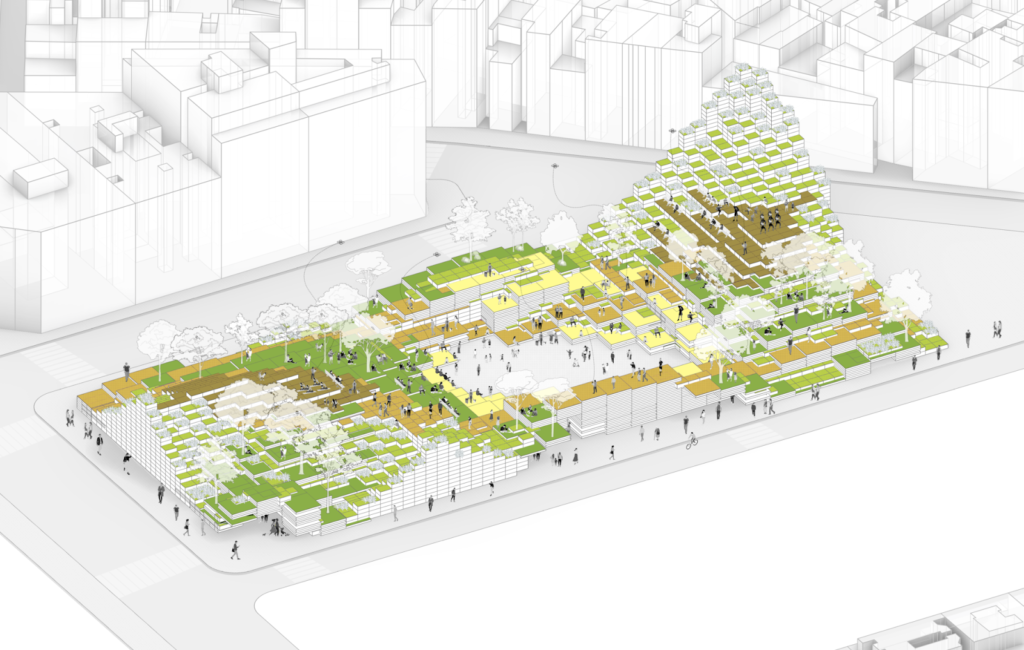
photo credits: Pyxidas PARCUM (IAAC project 2022-23) by Reda Petravi?i?t?, Hiranya Ganatra, David Ruess, Diego Giron
Description
Aim of the Computational Urban Design course is to empower students with the capacity to fully understand and exploit computational thinking in order to design complex algorithmic pipelines from raw data to design.
It exploits Grasshopper 3D as the main computational tool because of its intuitiveness, and its large use in the AEC and the planning field. Despite no prior knowledge of programming is required, throughout the course students will master advanced computational logics that will enhance their design workflows in accomplishing the challenges of this course, and of the future profession more in general.
In the second term of the Computational Urban Design course, we delve into the realm of iterative logics through three progressively intricate sections. The initial section provides a foundational understanding of loops and recursive algorithms, examining the likes of L-Systems and Cellular Automata. Students will explore the beauty of repetition and self-reference, gaining insights into generative processes that mimic natural growth and pattern formation. Moving forward, the course transitions to the exploration of spring and particle systems, introducing dynamic simulations that respond to various environmental stimuli. This section challenges students to conceptualise and implement computational models that capture the dynamic nature of urban environments. Finally, the course culminates in an exploration of agent-based approaches, where students will engage with algorithms that simulate the behaviour of intelligent agents within a designed context.
Throughout each section, the emphasis will be placed on learning through practical exercises, empowering participants to actively develop a sensitivity and critical position towards the possibilities of computational design and the key topic of simulations, whether environmental, behavioural or generative. This exercise-centric approach aims to free students from preconceptions and encourages them to creatively harness the power of computational thinking in shaping the future of urban design.
Learning Objectives
At course completion, the student will:
– fluently use Rhinoceros and Grasshopper 3D,
– implements design solutions taking advantages of computational tools
– manage and visualise complex geometries and data
– read and export data in various format
– integrate Grasshopper 3D with others software




